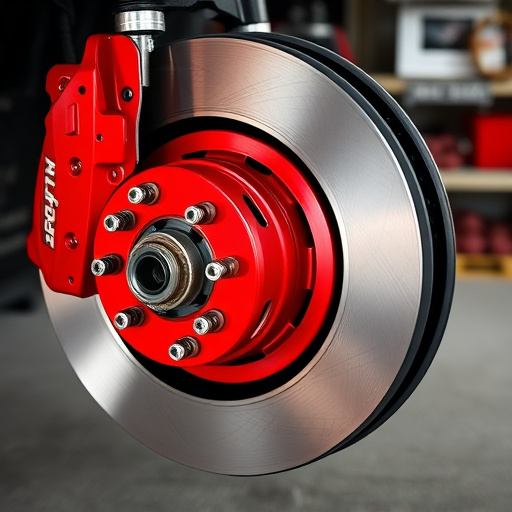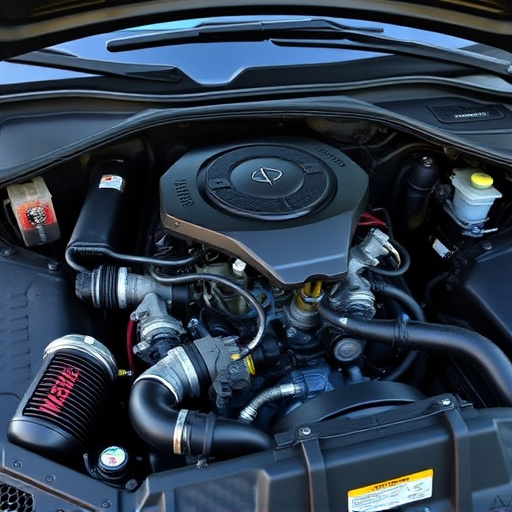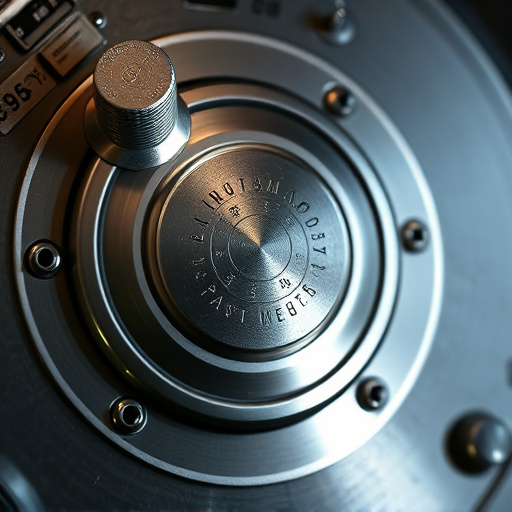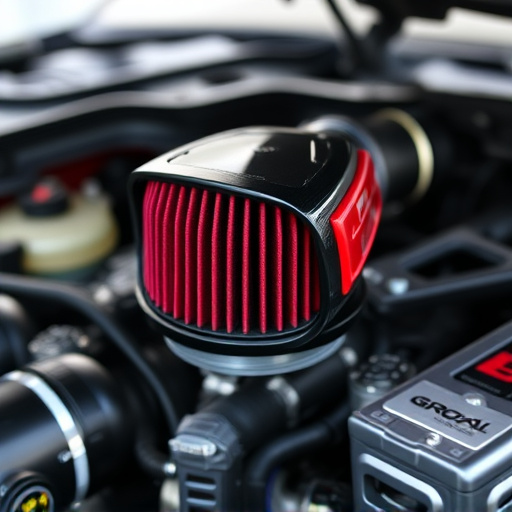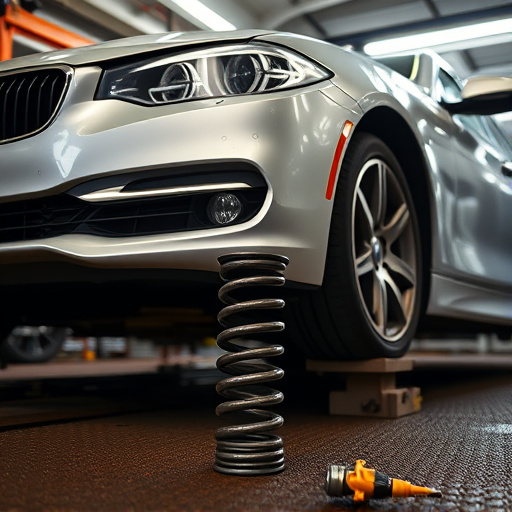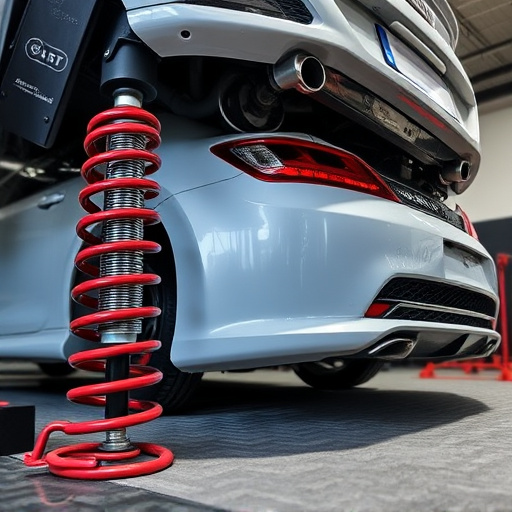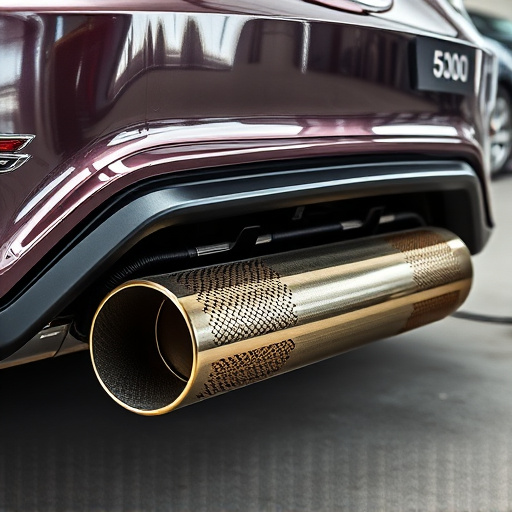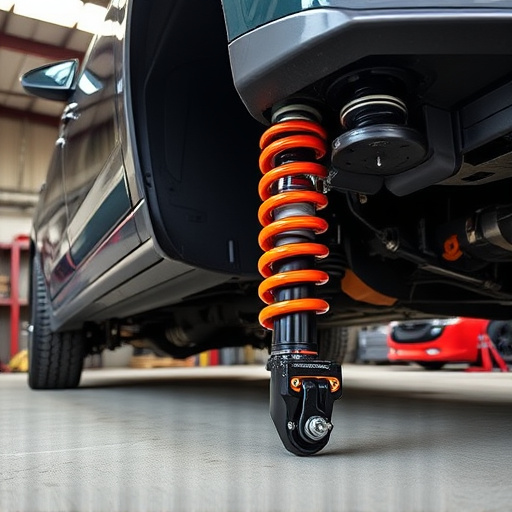Quiet performance exhaust systems enhance high-compression engines' power and efficiency by managing sound waves while ensuring smooth gas flow. These designs reduce noise pollution, improve fuel efficiency with minimal backpressure, and enable cleaner emissions without compromising engine performance. Meticulous installation and material selection are crucial for optimal quiet operation, aligning with vehicle design and upgrades for overall engine efficiency.
Discover the silent power of high-compression engines with our guide on quiet performance exhaust systems. Explore the unique demands of these advanced engines and how tailored exhaust solutions enhance their performance while reducing noise levels. Learn about the benefits, from improved efficiency to a more refined driving experience. We’ll delve into design considerations for optimal installation, ensuring your engine’s potential is unlocked in complete silence.
- Understanding High Compression Engines and Their Needs
- The Benefits of Quiet Performance Exhaust Systems
- Design and Installation Considerations for Optimal Results
Understanding High Compression Engines and Their Needs
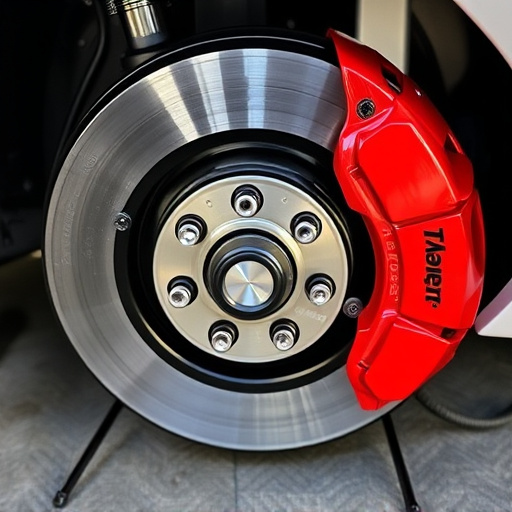
High compression engines are designed to deliver maximum power and efficiency, often found in high-performance vehicles and racing machines. These engines have a higher compression ratio, which means they squeeze more air and fuel into each cylinder during the intake stroke. This increased pressure requires specialized components like high-flow intake systems and advanced ignition systems to ensure optimal performance. Moreover, the high compression levels generate more heat and stress on various engine parts, including the exhaust system.
When it comes to quiet performance exhaust for such engines, the focus shifts from pure power to achieving a balance between performance and noise reduction. High-compression engines tend to produce louder exhaust notes due to increased gas flow and pressure. Therefore, an effective quiet performance exhaust system should address these unique challenges by utilizing specialized materials and designs that can manage sound waves without compromising engine performance. This involves carefully engineered mufflers, resonators, and exhaust headers that work in harmony with the engine’s intake components, ensuring a seamless and efficient flow of gases while minimizing noise emissions, particularly when compared to standard exhaust setups.
The Benefits of Quiet Performance Exhaust Systems
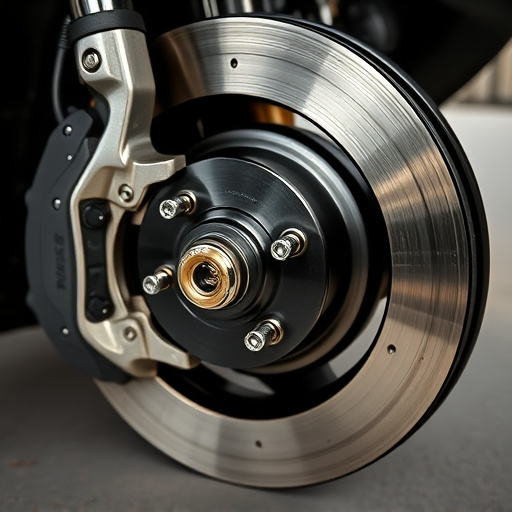
Quiet performance exhaust systems offer a unique advantage for high compression engines, providing both enhanced performance and reduced noise pollution. Unlike traditional exhausts, these advanced systems are designed to optimize gas flow, ensuring that the engine’s power is not muffled but channeled efficiently. This results in improved acceleration and top-end speed, making them ideal for vehicles with powerful engines and those seeking a smoother driving experience without sacrificing performance.
Additionally, quiet performance exhausts contribute to better fuel efficiency by minimizing backpressure, which can be detrimental to engine performance. They also facilitate the installation of high-flow catalysts, promoting cleaner emissions without compromising on the engine’s capability. With their ability to combine sleek design and superior engineering, these systems appeal to car enthusiasts who desire both performance brakes and a refined driving atmosphere, while also catering to environmental considerations through reduced noise levels and improved emissions control, thanks to the integration of cutting-edge components like cold air intakes and high-performance air filters.
Design and Installation Considerations for Optimal Results
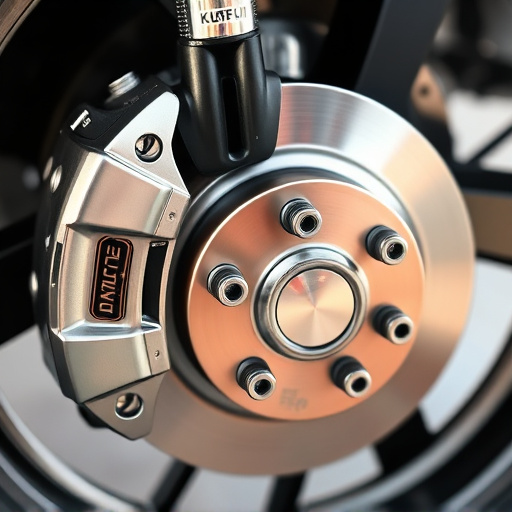
For optimal results with a quiet performance exhaust system on high compression engines, careful design and installation considerations are crucial. The exhaust system should be tailored to seamlessly integrate with the engine’s architecture, ensuring efficient gas flow while minimizing backpressure. This involves selecting the right materials for durability and heat resistance, as well as optimizing the length and diameter of the pipes to achieve the desired sound level without compromising performance.
During installation, it’s essential to align the exhaust system with the vehicle’s suspension components and other high-performance parts already in place. Proper fitting ensures minimal vibration and noise transmission to the chassis. Additionally, upgrading air filter kits can complement the quiet performance exhaust by providing cleaner air to the engine, further enhancing overall efficiency and reducing unwanted noises from turbulence or restriction.
In conclusion, integrating a quiet performance exhaust system into high compression engines offers numerous advantages, including enhanced fuel efficiency and reduced noise pollution. By understanding the specific requirements of these engines and considering key design and installation aspects, vehicle owners can unlock optimal performance gains. Adopting this technology not only contributes to a quieter, more pleasant driving experience but also aligns with global efforts to create cleaner, more sustainable transportation solutions.

